Pharmacotherapy for the management of obesity—an updated guideline
Powered by WPeMatico
Powered by WPeMatico
Powered by WPeMatico
Powered by WPeMatico
Powered by WPeMatico
Powered by WPeMatico
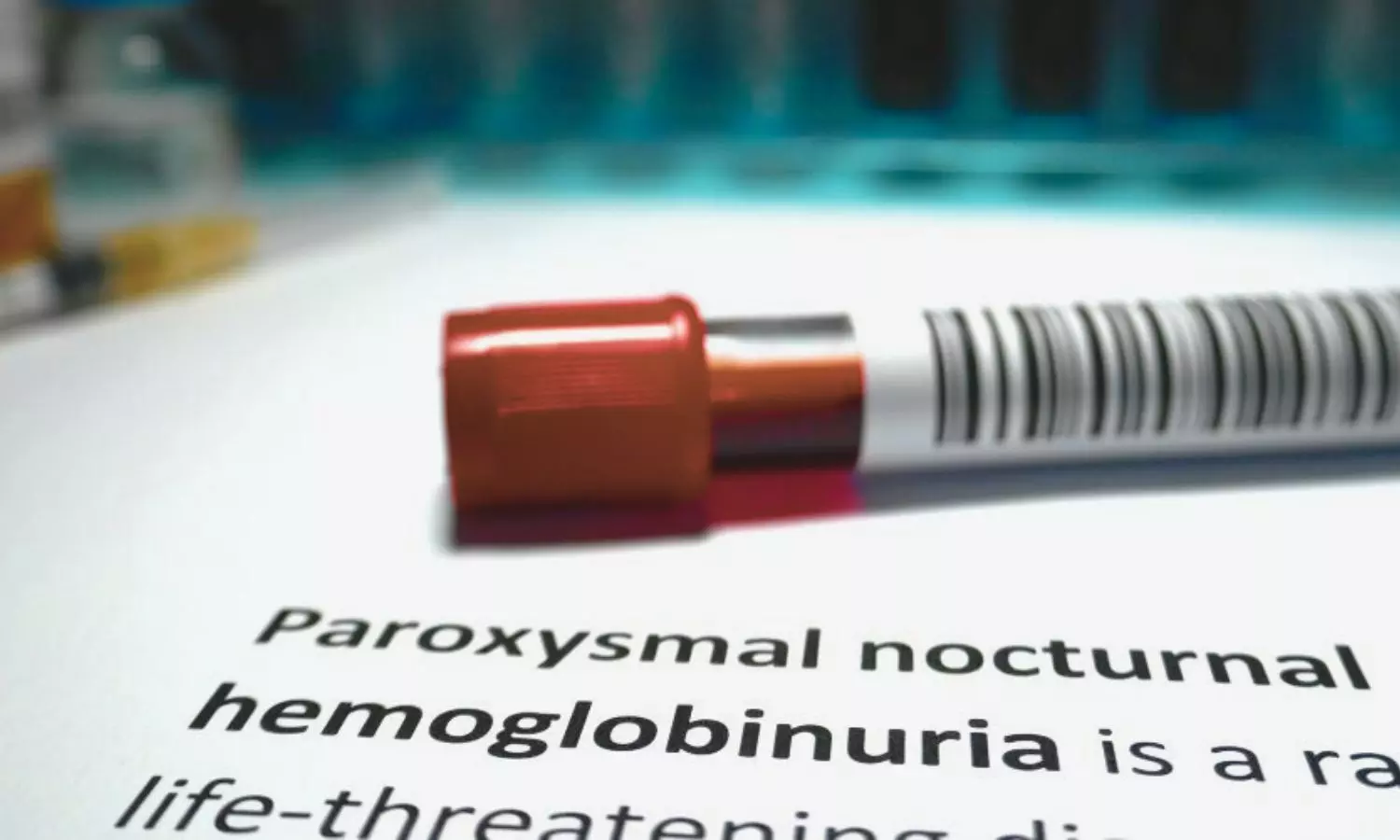
Australia: A case report published in BMC Nephrology by Seethalakshmi Viswanathan and colleagues from the Tissue Pathology & Diagnostic Oncology, Institute of Clinical Pathology and Medical Research, Westmead Hospital, Australia, has highlighted the severe renal consequences of untreated paroxysmal nocturnal haemoglobinuria (PNH) in a patient with a history of aplastic anaemia (AA). The report underlines the importance of vigilant follow-up and timely intervention in patients with PNH clones to prevent long-term complications such as chronic renal haemosiderosis.
PNH is a rare, life-threatening disorder marked by intravascular haemolysis, anaemia, and thrombosis. Kidney involvement often results from chronic haemosiderin deposition or microvascular thrombosis. In this case, the authors describe a 74-year-old woman previously treated for AA who later developed an expanding PNH clone but did not receive complement inhibitor therapy before being lost to follow-up.
The patient was admitted in April 2024 with fever, malaise, severe haemolytic anaemia, and acute kidney injury in the setting of Escherichia coli sepsis. Laboratory workup confirmed renal dysfunction, elevated serum creatinine, and a large PNH clone involving over 80% of neutrophils and monocytes. Despite stabilisation of haemolysis after infection control and red blood cell transfusions, her kidney function continued to deteriorate.
A renal biopsy performed on day 33 revealed extensive brown pigment deposits in most proximal tubules, confirmed as haemosiderin on Perls’ Prussian blue staining, along with severe acute tubular injury. Chronic damage, including interstitial fibrosis, tubular atrophy, and inflammation, was also noted. The findings supported a diagnosis of acute tubular injury on a background of chronic kidney disease, largely attributable to ongoing intravascular haemolysis from untreated PNH, with possible contributions from hypertension and diabetes.
Her hospital course was further complicated by multiple cerebral cortical venous thromboses and recurrent E. coli urosepsis. Persistent fevers and elevated inflammatory markers prompted further evaluation, which revealed thoracic aortitis. She was diagnosed with giant cell arteritis (GCA) and responded rapidly to high-dose corticosteroids, with improvement in inflammatory markers, haemoglobin, and renal function.
By discharge, her creatinine had stabilised at 160–170 µmol/L, and she was initiated on ravulizumab, a C5 complement inhibitor, once the risk of sepsis was reduced. Six months later, both her haemolysis and kidney function remained stable.
The authors emphasise that this case illustrates the severe renal complications that can arise from prolonged, uncontrolled haemolysis in PNH, particularly in patients with a prior history of AA. It also underscores the need for regular surveillance in AA survivors for the emergence or progression of PNH clones and the importance of addressing haemolytic triggers promptly. The rare coexistence of PNH with GCA in this patient further highlights the value of comprehensive diagnostic evaluation in complex presentations.
Reference:
Goh, Z.Z., Tang, K., Chau, K. et al. Severe renal haemosiderosis in a patient with untreated paroxysmal nocturnal haemoglobinuria: a case report. BMC Nephrol 26, 435 (2025). https://doi.org/10.1186/s12882-025-04343-5
Powered by WPeMatico
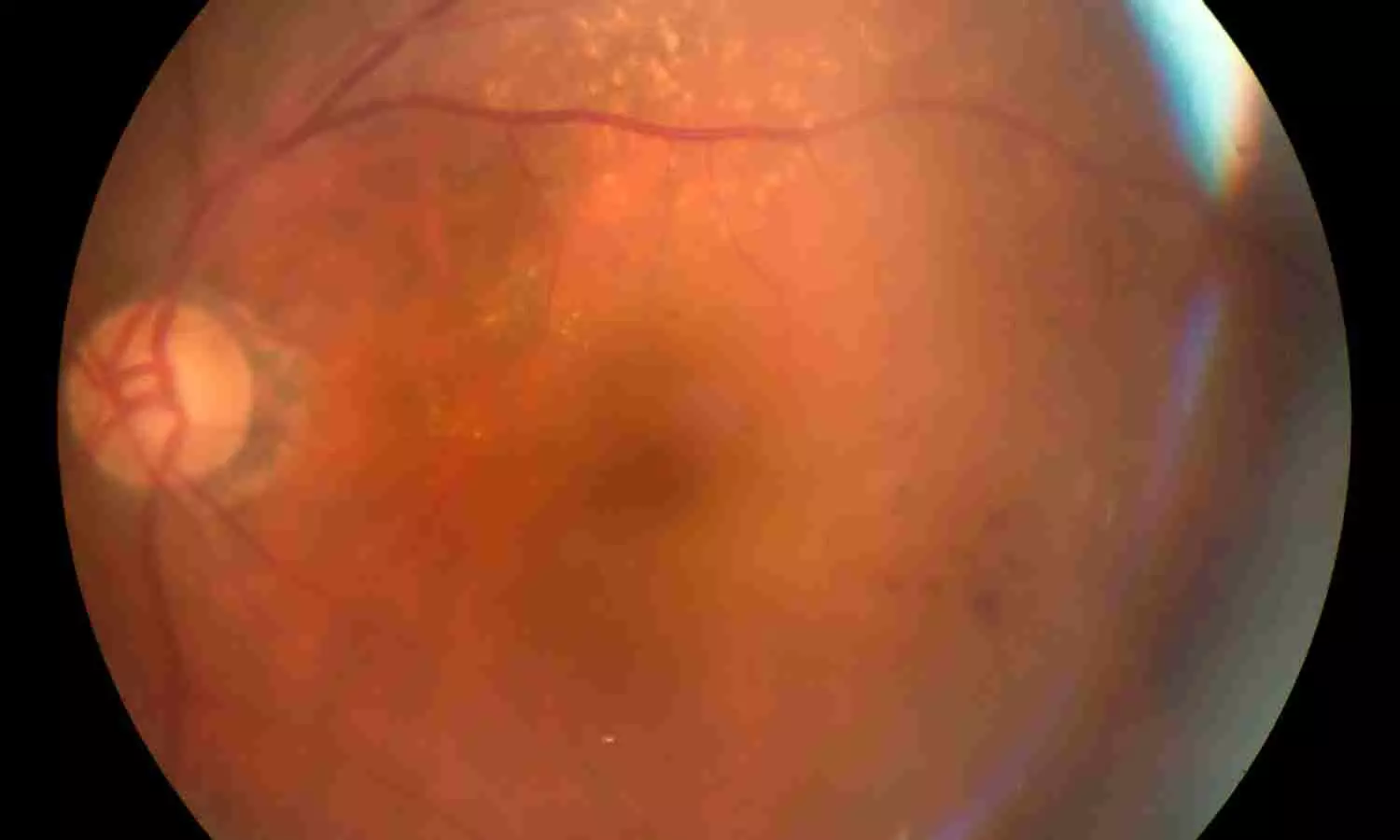
Researchers have determined that the red cell distribution width-to-albumin ratio (RAR), a composite biomarker of systemic inflammation and nutritional status, is linked to the risk of retinopathy in US adults over age 40. The new research identifies that the association between RAR and retinopathy is not linear and suggests that RAR may be a valuable tool for identifying patients at higher risk. The study was published in the Journal of Multidisciplinary Healthcare by Gu J. and colleagues.
Diabetic retinopathy, the diabetic complication most frequently linked to diabetes, was quantitated in diabetic and nondiabetic subjects through standardized fundus photographs and the ETDRS grading system. The information came from the National Health and Nutrition Examination Survey (NHANES) 2005–2008, which comprised a nationally representative sample of 4,753 adults aged 40 years and older in the United States.
This was a cross-sectional study using NHANES data from 2005 to 2008. A total of 4,753 adults aged 40 and older were included. Retinopathy was determined through retinal photographs evaluated according to the ETDRS grading protocol. RAR was estimated from laboratory data, and participants were divided into quartiles according to RAR levels. To examine the nature of the relationship between RAR and retinopathy, researchers employed generalized additive models to assess nonlinear trends, and a two-piecewise linear regression model to detect the point of inflection at which the relation changed.
Key Findings
The univariate analysis disclosed a very pronounced increase in retinopathy prevalence in association with increasing quartiles of RAR (P < 0.001).
A clear nonlinear relationship between RAR and retinopathy risk was observed, with an inflection point at a RAR value of 3.14.
Below the inflection point (RAR < 3.14): With each 1-unit increase in RAR, there were 2.69 times greater odds of retinopathy (OR = 3.69; 95% CI: 1.37–9.96).
Above the inflection point (RAR > 3.14): The relationship flattened, with a non-significant rise in odds (OR = 1.14; 95% CI: 0.60–2.14).
Highest vs. lowest RAR quartile: Individuals with the highest quartile had 56% higher odds of retinopathy than individuals in the lowest quartile (OR = 1.56; 95% CI: 1.16–2.11).
This population-based research found that the RAR has a nonlinear correlation with the risk of retinopathy in U.S. adults aged 40 and above. The risk grew disproportionately large below an RAR value of 3.14, beyond which the association plateaued. These results uphold the promise of RAR as a simple, low-cost biomarker for retinopathy risk stratification, particularly in primary care and public health settings.
Reference:
Powered by WPeMatico
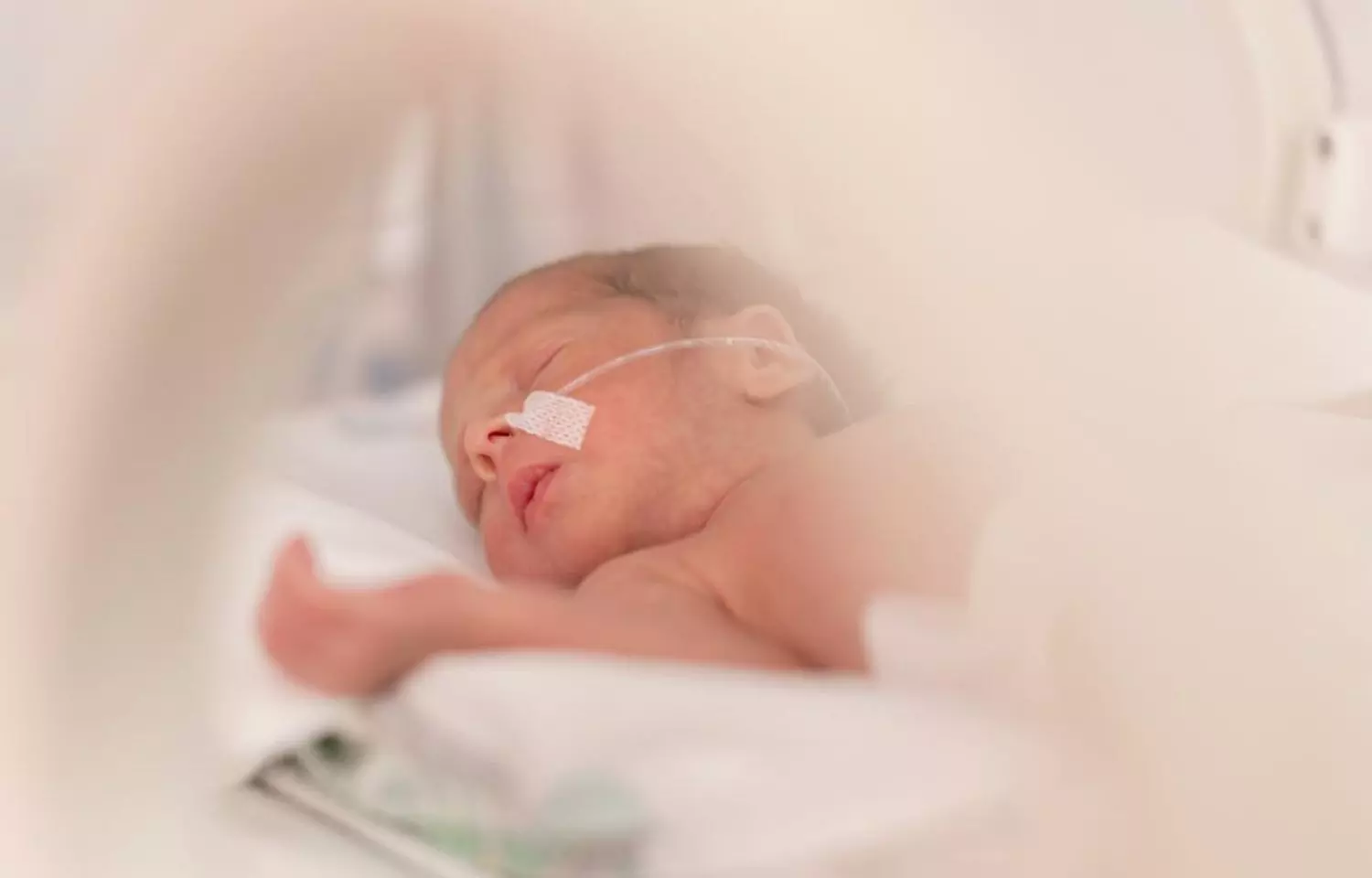
Significant risk factors associated with maternal and neonatal health stem from spontaneous preterm labor (PTL), which accounts for approximately 70% of preterm births. Current biomarkers lack prediction reliability, highlighting the need for novel, non-invasive indicators. Emerging research on tRNA-derived small RNAs (tsRNAs), however, shows promise in this exploration yet remains underinvestigated in relation to PTL.
Recent study analyzed publicly available small RNA sequencing datasets (PRJNA415953 and PRJNA428989). The analysis included peripheral blood plasma and exosomes collected from women diagnosed with spontaneous PTL and term controls during early pregnancy (12±1 weeks of gestation). The tsRNA profiles were assessed for differential expression using normalized reads per million (RPM) and subjected to statistical analysis (Wilcoxon tests) against established thresholds (p ≤ 0.05, |log2(Fold Change)| ≥ 1). Specifically, tsRNA1 (tRNA-Gly-GCC-5p-tRF-921) was identified and subsequently validated through functional assays, RT-qPCR, and transcriptomic profiling of human HTR-8/SVneo trophoblast cells.
Key Results:
• Differential Expression: Analysis showed multiple tsRNAs were significantly upregulated in the samples from PTL cases compared to controls, particularly in plasma extracellular vesicles (EVs). This included 32 upregulated tsRNAs in whole blood and associated variations in terms of specific tRF types.
• Functional Role of tsRNA1: Overexpression of tsRNA1 in trophoblast cells induced apoptosis and inhibited critical processes like cell migration, adhesion, and invasion, pivotal for placental development.
• Epigenetic Modulation: Transcriptomic analysis indicated that tsRNA1 modulates genes involved in DNA methylation (in particular TET1 and DNMT1), suggesting tsRNA1’s role in establishing a hypermethylated state, which could contribute to impaired trophoblast function and further the risk of PTL.
Limitations:
• The primary use of the HTR-8/SVneo cell line may not fully replicate the behavior of primary extravillous trophoblasts (EVTs), necessitating validation in more physiologically relevant systems.
• There was no direct evidence provided concerning metabolic changes or validation methods for assessing extracellular vesicle purity. The absence of quantitative data, such as nanoparticle tracking analysis, limits the interpretation of the isolated vesicle types.
The findings position tsRNA1 and tsRNA3 as potential biomarkers for early prediction of PTL, emphasizing the necessity for further validation in larger cohorts and exploration of their mechanistic role in pregnancy complications.
Key Points –
Spontaneous Preterm Labor Contribution: Spontaneous preterm labor (PTL) is responsible for approximately 70% of preterm births, highlighting the urgency in identifying reliable biomarkers for early prediction and clinical intervention.
Biomarker Discovery and tsRNAs: Emerging research points to tRNA-derived small RNAs (tsRNAs) as promising candidates for novel, non-invasive biomarkers linked to PTL. However, their application in this area remains underexplored.
Differential tsRNA Expression in PTL: Analysis of publicly available small RNA sequencing datasets revealed significant upregulation of several tsRNAs in peripheral blood plasma and exosomes from women diagnosed with PTL. Specifically, 32 tsRNAs were identified as upregulated in whole blood, with notable variations in specific tRNA fragment types.
Functional Implications of tsRNA1: The overexpression of tsRNA1 (tRNA-Gly-GCC-5p-tRF-921) in trophoblast cells induced apoptosis and negatively impacted vital cellular processes, including migration, adhesion, and invasion, which are critical for healthy placental development.
Epigenetic Influence on Trophoblast Function: Transcriptomic profiling indicated that tsRNA1 influences the expression of genes associated with DNA methylation, such as TET1 and DNMT1, leading to a hypermethylated state that may compromise trophoblast function, thus increasing the risk of PTL.
Research Limitations and Future Directions: The reliance on the HTR-8/SVneo cell line may not accurately mimic primary extravillous trophoblast behavior, underscoring the need for validation in more relevant models. Additionally, a lack of quantitative data regarding extracellular vesicle purity limits the study’s conclusions, indicating that larger cohort studies are necessary to validate tsRNA1 and tsRNA3 as biomarkers and to elucidate their mechanistic roles in PTL.
Reference –
Xinrui Sun et al. (2025). Maternal Plasma Extracellular Vesicles TsRNA As Potential Biomarkers For Assessing Preterm Labor Risk. *BMC Pregnancy And Childbirth*, 25. https://doi.org/10.1186/s12884-025-07672-3.
Powered by WPeMatico
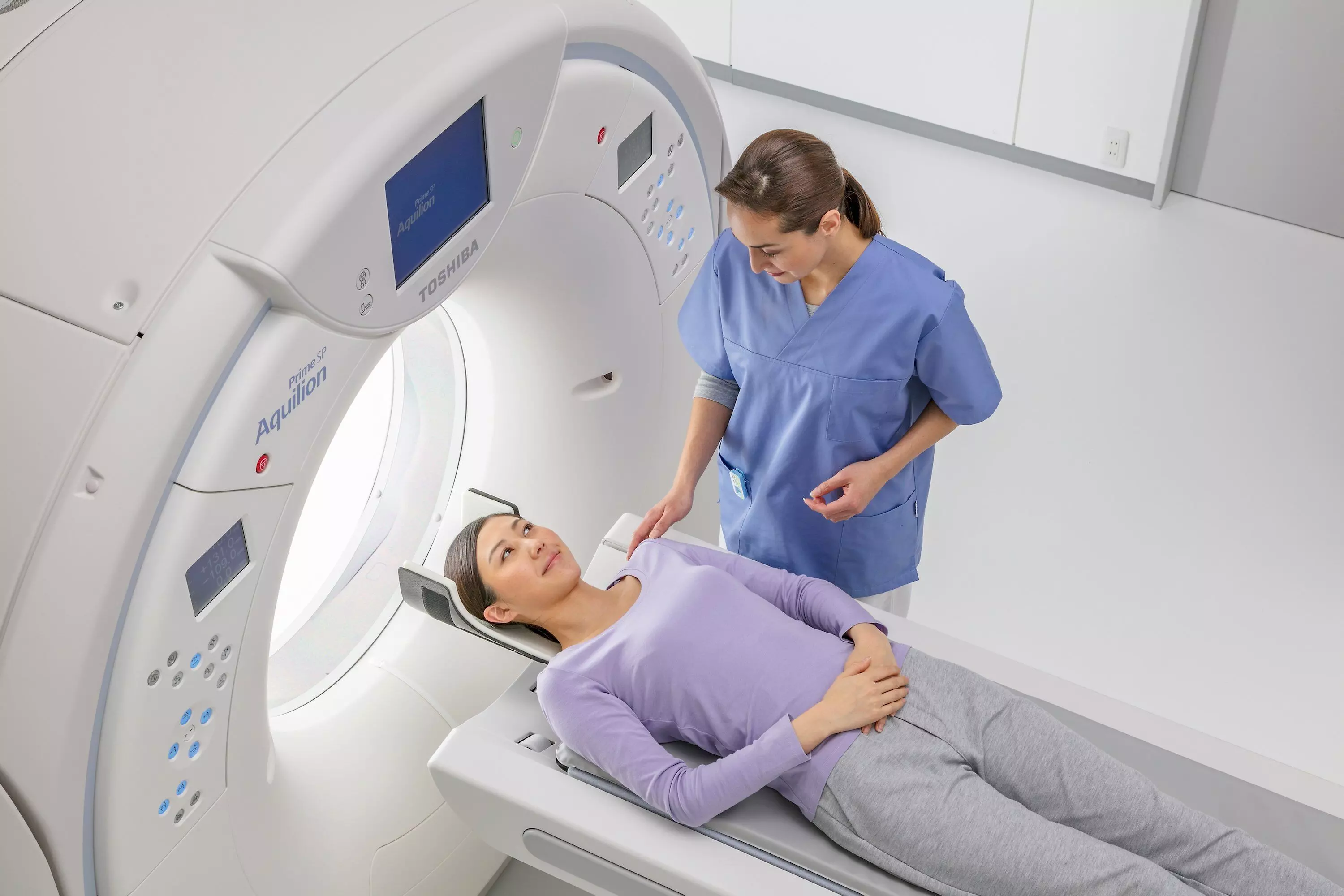
A new study published in The Bone and Joint Journal showed that for the diagnosis of infections in the lower limbs associated with refractory fractures, positron emission tomography (PET)/CT is a useful diagnostic technique.
A significant clinical problem is fracture-related infection (FRI), which frequently arises following fractures or surgical operations that specifically impact the lower limbs. FRI is still difficult to diagnose, especially in chronic patients that frequently exhibit a wide range of unusual clinical symptoms. Even if a consensus has been presented by the AO international expert group, there are still no reliable and consistent diagnostic techniques, particularly when contrasted with the recognized standards for periprosthetic joint infections (PJIs).
By determining ideal maximum standardized uptake value (SUVmax) thresholds and examining sub-group-specific diagnostic performance, this study seeks to assess the diagnostic accuracy of 18F-FDG PET/CT for refractory FRIs in the lower limbs.
A total of 429 PET/CT images from a tertiary orthopaedic center conducted between November 2016 and October 2021 were included in this retrospective analysis. Included were patients with probable refractory FRI, which is defined as an infection that has persisted after at least 2 previous therapies.
Microbiological cultures, histological examination, intraoperative results, and follow-up data were all included in the reference standard. Receiver operating characteristic curve analysis was used to compute diagnostic performance parameters, such as sensitivity, specificity, and area under the curve (AUC). The patients were classified in sub-group analyses according to the time since prior surgery and the clinical presentation.
AUC for PET/CT was 0.84, indicating strong diagnostic performance. With a sensitivity of 70.7% and specificity of 85.6%, the ideal SUVmax threshold was 4.75. According to subgroup studies, customized thresholds increased diagnosis accuracy; at a threshold of 5.05., the “No signs + Early phase” group had the best accuracy (87.5%) and specificity (89.4%).
By separating infection from leftover metabolic activity, a more stringent cut-off of 3.95 in the “No signs + Over phase” group, on the other hand, reduced overdiagnosis. Given the difficulties in identifying chronic infections, the “Over phase” group had the highest false-positive rate (42.4%) and the best specificity (90.1%) at a cut-off of 4.65. These results highlight how SUVmax thresholds vary depending on the clinical context.
Overall, 18F-FDG With stratified SUVmax criteria that improve diagnosis accuracy dependent on the period since prior surgery and symptom manifestation, PET/CT is a dependable diagnostic tool for refractory FRI. By enhancing infection control and lowering recurrence rates, PET/CT proves to be cost-effective over the long run, even with its high initial cost.
Source:
Cai, W., Lu, Y., Ren, Z., Zhang, Y., Cheng, P., Chen, X., Han, P., & Xu, Z. (2025). Real-world experience of the role of 18F-fluorodeoxyglucose positron emission tomography/CT refractory fracture-related infection on lower limbs : a retrospective diagnostic study: A retrospective diagnostic study. The Bone & Joint Journal, 107-B(8), 846–856. https://doi.org/10.1302/0301-620X.107B8.BJJ-2024-1158.R2
Powered by WPeMatico
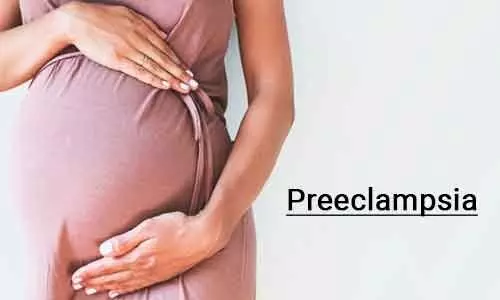
Recent study evaluated maternal serum neuroserpin concentrations in pregnancies affected by preeclampsia and their relationship with disease severity, considering neuroserpin’s roles in anti-inflammation and neuroprotection. This prospective case-control investigation was conducted from September 2024 to January 2025 at a tertiary referral hospital in Ankara, Türkiye, with a total of 88 participants: 44 diagnosed with preeclampsia and 44 healthy gestational-age-matched controls. ### Methodology Participants comprised pregnant women aged 21 to 45 with singleton pregnancies, diagnosed with preeclampsia based on the American College of Obstetricians and Gynecologists (ACOG) criteria. Exclusion criteria included multiple gestations, existing maternal comorbidities, substance abuse, prior corticosteroid treatment, and fetal anomalies. Serum samples (≥ 3 mL) were collected post-fasting and preserved at -80 °C until analysis. Neuroserpin levels were quantified using a Human NSP ELISA Kit via the sandwich ELISA method, with statistical significance evaluated through various tests (e.g., Student’s t-test, Mann-Whitney U test) and assessed using receiver operating characteristic (ROC) curve analysis for diagnostic efficacy. ### Key Results
The results demonstrated significantly reduced serum neuroserpin levels in women with preeclampsia compared to the control group (p = 0.018). Furthermore, women with severe preeclampsia (Preeclampsia-SF) exhibited even lower neuroserpin levels, indicating a potential link between neuroserpin reduction and disease severity. Notably, these variations in neuroserpin levels occurred independently of maternal demographic factors, such as age and BMI, enhancing its potential as a biomarker for preeclampsia identification.
Diagnostic Analysis
ROC analysis established that a neuroserpin level threshold of ≤ 22.95 ng/mL could identify preeclampsia with a sensitivity of 86.4% and specificity of 43.2%. For severe cases, a threshold of ≤ 14.7 ng/mL produced a sensitivity of 50.0% and a specificity of 96.7%. These outcomes indicate that neuroserpin could function as a valuable diagnostic instrument for evaluating both the presence and severity of preeclampsia.
Neuroserpin Properties –
Neuroserpin, a serine protease inhibitor secreted mainly by neurons and monocytes, possesses known anti-inflammatory properties that could alleviate the endothelial and inflammatory dysfunctions associated with preeclampsia. Under normal physiological conditions, it is thought to mitigate extracellular damage, particularly in ischemic situations, which may be vital for preserving vascular integrity during pregnancy. These findings suggest that decreased neuroserpin levels in preeclamptic pregnancies may exacerbate unregulated vascular inflammation, thereby worsening endothelial dysfunction.
Study Limitations
Limitations of this study include its relatively small sample size and its focus on a single center, which may limit the generalizability of the findings. Additionally, the cross-sectional design does not permit longitudinal tracking of neuroserpin levels throughout pregnancy or during postpartum recovery. ### Conclusion
Implications
In conclusion, lower maternal serum neuroserpin levels are significantly linked to both the presence and severity of preeclampsia, indicating its potential as a biomarker for assessing disease burden and inflammatory activity. Future multi-center, longitudinal studies could further confirm these results and investigate the clinical implications of neuroserpin in predicting and managing preeclampsia.
The key points from the research paper are: 1. Maternal serum neuroserpin levels were significantly lower in women diagnosed with preeclampsia compared to healthy pregnant controls. Moreover, neuroserpin levels were further decreased in those with severe preeclampsia, suggesting a potential role of neuroserpin not only in the presence but also in the progression of the disease. 2. The observed suppression of neuroserpin in preeclamptic pregnancies may reflect impaired physiological upregulation in response to inflammatory vascular stress. In healthy pregnancies, neuroserpin expression may serve as a compensatory mechanism to maintain endothelial integrity, and its reduction in preeclampsia could facilitate unchecked vascular inflammation and endothelial dysfunction. 3. Receiver operating characteristic (ROC) curve analysis showed that a serum neuroserpin cutoff value of ≤ 22.95 ng/mL had a sensitivity of 86.4% and a specificity of 43.2% for identifying preeclampsia, while a cutoff of ≤ 14.7 ng/mL had a sensitivity of 50.0% and a specificity of 96.7% for identifying severe preeclampsia. These findings suggest that neuroserpin may serve as a candidate biomarker reflecting disease burden and inflammatory activity in preeclampsia.
Reference –
Belgin Savran Ucok et al. (2025). Investigation Of Serum Neuroserpin Levels In Pregnant Women Diagnosed With Pre-Eclampsia: A Prospective Case-Control Study. *BMC Pregnancy And Childbirth*, 25. https://doi.org/10.1186/s12884-025-07673-2.
Powered by WPeMatico
